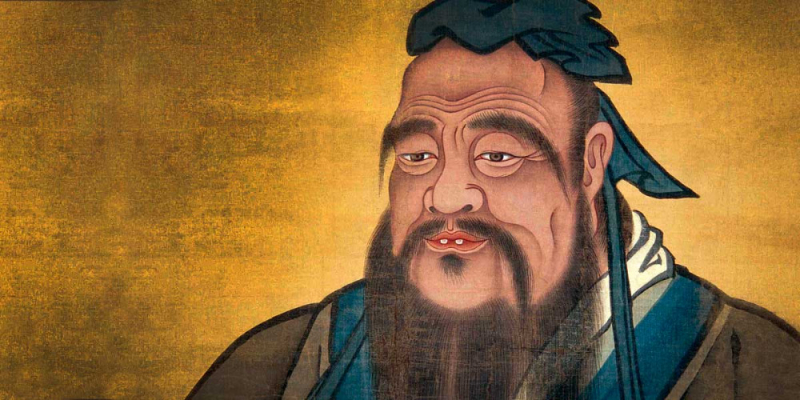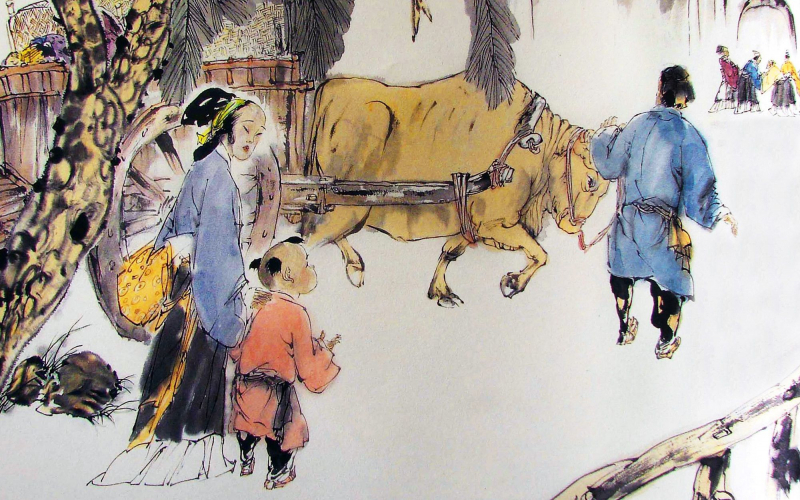Confucian practices and rituals
Although Confucianism does not claim to have all of the answers to the universe's mysteries, those who practice it have a strong belief in rituals. They believe that ritual participation serves to unite people and strengthen communities.
On the other hand, Confucianism does not hold all aspects of a religion (such as Christianity or Islam), nor do they have regular practices and rituals. Instead, they represent four pivotal points in one's life. These are: birth, maturation, marriage, and death. The following practices are associated with these stages:
Birth:
- The Tai-Shen (fetus spirit) protects the expectant mother and punishes anyone or anything that harasses or harms the woman. She is given a special diet and one month of rest after the baby is born. On the first, fourth, and twelfth month anniversary of the child's birth, her parents are responsible for everything that is required to support the child.
Marriage:
During the marriage rituals, six distinct events occur, which are as follows:
- Proposal: Both partners share the hour, day, month, and year of their birth. If anything distressing occurs in the bride-to-family be's within the next three days, it is assumed that she has rejected the proposal.
- Engagement: After the couple has decided on a wedding date, the bride announces the wedding with invitations and gifts of moon-shaped cookies.
- Dowry: A dowry is the transfer of parental possessions when a daughter marries. After giving the bride and groom their gifts, the value of the gifts is equal.
- Procession: With joy and excitement, the groom goes to the bride's home and returns her to his home.
- Marriage: The couple exchanges vows that will bind them together for the rest of their lives, toasts each other with wine, and then takes center stage at a banquet attended by friends and families from both the bride and groom's families. The following morning, the bride serves breakfast to the groom's parents, followed by the parents.
Death:
- Following the death of a loved one, the family will cry aloud to inform the neighbors of the tragic news. The family begins to mourn by making and wearing clothes out of coarse material. The body is placed in a coffin, and many family and friends bring money to help with the funeral expenses. Food and objects meaningful to the deceased are placed in the coffin with him or her. The burial ritual is performed by a priest or minister of any religion.
- The visitors trail the coffin, which is carrying a large willow tree branch. This is meant to represent the soul of the deceased person. The branch is later carried back to the family altar and used to "install" the deceased's spirit. On the seventh, ninth, and forty-ninth days after burial, as well as the first and third year anniversary of the death, a public worship (called a Liturgy) is held.












